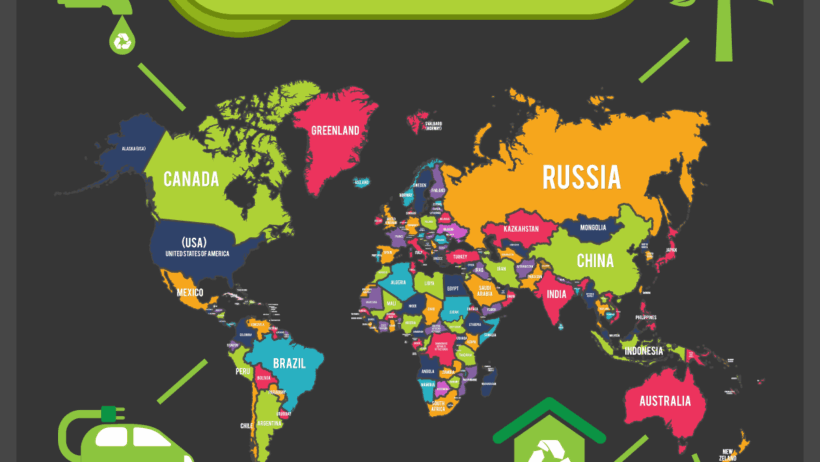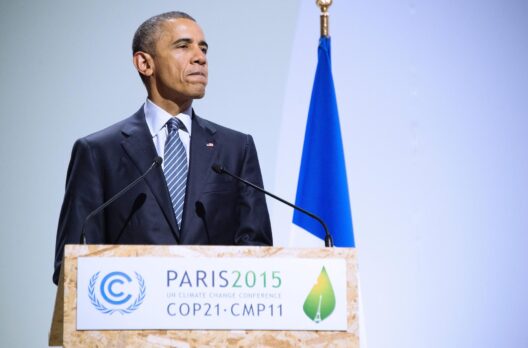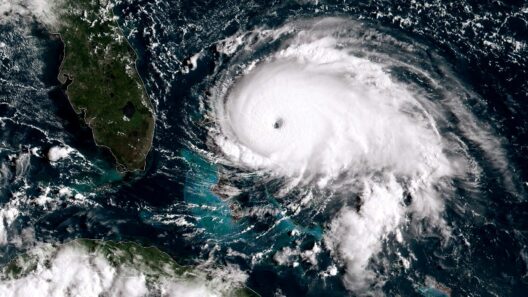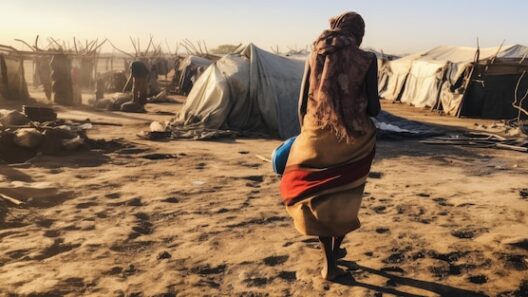Global warming represents one of the most pressing challenges of our era, and countries across the globe are taking varied approaches to confront this escalating crisis. The specter of climate change looms large, necessitating urgent action and innovative solutions. As we explore how different nations are tackling the global warming challenge, we can identify key strategies, initiatives, and the pivotal role of international cooperation.
Climate policies form the cornerstone of national efforts to combat global warming. Countries have recognized the importance of establishing robust frameworks that guide their actions towards sustainability. For instance, commitments under international agreements like the Paris Accord have become critical. The Paris Agreement aims to cap global warming to below 2 degrees Celsius above pre-industrial levels, with an aspirational target of limiting the increase to 1.5 degrees. Tonnes of carbon emissions—one of the principal culprits behind global warming—must be curbed through meticulous policy-making.
Innovative renewable energy initiatives continue to gain momentum, with nations investing in solar, wind, and hydropower. Germany’s Energiewende, or “energy transition,” serves as a robust example where governmental policies incentivize the transition to renewable energy sources. This ambitious program aims to reduce greenhouse gas emissions by 80-95% by 2050 compared to 1990 levels. Such an undertaking exemplifies the resolve of countries to shift away from fossil fuels toward cleaner alternatives, showcasing how energy reform can simultaneously stimulate economic growth.
Transitioning to renewable energy sources isn’t just about installing massive solar farms or wind turbines; it often necessitates thorough research and development in technology. The investment in battery technology, storage systems, and smart grids is paramount, as it allows for better energy efficiency and accessibility. Countries like China and the United States have taken significant strides in harnessing the power of innovation, propelling themselves to the forefront of renewable technologies, which is essential for both energy security and environmental preservation.
Furthermore, afforestation and reforestation initiatives are being actively promoted across various regions. Trees absorb significant amounts of carbon dioxide; thus, enhancing forest cover can serve as a natural solution to mitigate the effects of climate change. For instance, Ethiopia’s ambitious “Green Legacy” initiative aims to plant billions of trees to combat deforestation and restore ecological integrity. This grassroots movement has garnered attention worldwide—not only for its ecological significance but also for its ability to engage communities in proactive climate action.
Equally important is the role of sustainable agriculture in combating climate change. Agriculture is a significant source of greenhouse gas emissions; however, by adopting practices such as agroforestry, crop rotation, and permaculture techniques, nations can enhance food security while mitigating emissions. For example, countries like India have begun promoting organic farming methods that minimize chemical inputs, thus reducing the carbon footprint of agriculture. These efforts illustrate how rethinking food production can resonate with both environmental sustainability and socio-economic viability.
Transportation systems contribute significantly to carbon dioxide emissions, prompting countries to rethink urban mobility. The adoption of electric vehicles (EVs) has surged in recent years, aided by favorable policies and subsidies designed to accelerate the transition. Norway leads the way, where electric cars constituted over half of new vehicle sales in 2020. This paradigm shift towards electrification not only reduces emissions but also fosters a culture of sustainability in urban planning.
Many countries have harnessed the power of public awareness campaigns to engage their citizens in climate action. Education is instrumental, and initiatives aimed at informing the populace about climate science and its impacts are on the rise. Social media campaigns, community workshops, and school programs create an informed citizenry, urging individuals to adopt sustainable practices in their daily lives. A populace attuned to climate issues is invaluable, as grassroots movements often catalyze the governmental action necessary for significant change.
International coalitions, such as the Climate Group and the UN’s Race to Zero campaign, galvanize countries towards collective action, fostering a collaborative approach to mitigate global warming. Such collaboration underscores the fundamental truth that climate change knows no borders; it is a global predicament requiring a unified response. In these contexts, nations share knowledge, technology, and innovative practices, making clear that cooperation enhances the efficacy of climate policies.
Adaptation strategies also play a crucial role in addressing the impacts of climate change that are already being felt, particularly in vulnerable regions. Countries like Bangladesh have pioneered community-led adaptation initiatives aimed at reducing vulnerability to climate-related disasters. By harnessing local knowledge and emphasizing resilient infrastructure, they exemplify proactive measures against the adverse effects of global warming, protecting lives and livelihoods.
Ultimately, the fight against global warming hinges on a multifaceted approach that requires dedication and innovative thinking from every nation. A shift in perspective is essential; viewing climate action as an opportunity for economic revitalization and sustainable development, rather than merely a cost to bear, can lead to transformative outcomes. The amalgamation of science, technology, and grassroots activism fuels a promising trajectory towards a future where nations not only coexist with nature but thrive alongside it.
As nations continue to formulate their unique blueprints for addressing global warming, the world watches in anticipation. The progress made in sustainability initiatives speaks volumes about potential pathways forward. Each action taken at the national level reverberates globally, defining what climate action will look like for generations to come. The challenge is daunting, but the collective resolve demonstrated across borders offers a beacon of hope in our quest to safeguard the planet.





